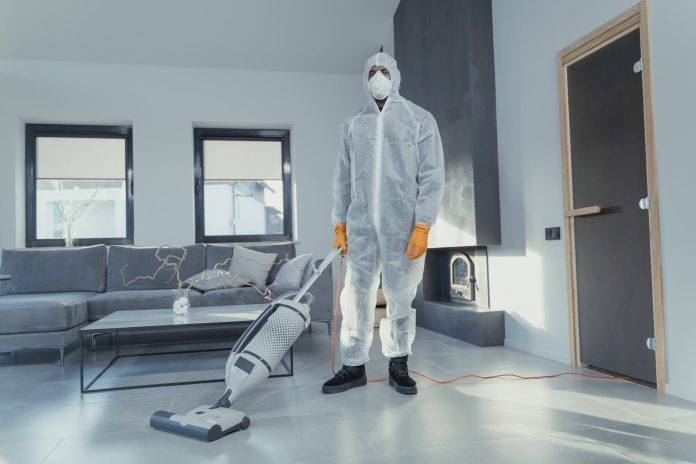
Your home is supposed to be a place to rest, rejuvenate and restore yourself. But it could be making you sick instead. Let’s take a quick inventory. Have you experienced any of the following symptoms?
- Headache
- Fatigue
- Nausea
- Dry eyes
- Irritated nose or throat
- Skin irritation
- Allergy or sinus congestion
- Chest tightness
- Muscle aches
- Fever
You may automatically attribute these symptoms to seasonal changes, illness, stress, or even the common cold. Surprisingly, they all also point to poor indoor air quality. In fact, these symptoms even have a name. The Environmental Protection Agency (EPA) calls them Sick Building Syndrome.
While symptoms like allergies or dry eyes may seem insignificant, according to the EPA, they can develop over time into cancer, heart disease, or respiratory disease. That’s why it’s important to keep an eye on your indoor air quality at all times.
You could, of course, pay a professional to assess the air quality of your home — and this is especially important if you suspect mold or other harmful environmental factors are causing severe illness. But there are also tests you can purchase online to check the quality of your air. Yet, there are a few other ways to improve the environment without testing. Consider this your guide.
Change Your HVAC Air Filter
Air filters need changing every 30 to 90 days. Neglecting this step could lead to increased dust and even mold growth in your home. It’s also a best practice to get your HVAC system maintained annually to check for any accumulation of dust or dirt.
At the very least, keeping those filters changed out is a small and affordable way to improve your air quality.
It’s Time to Tidy Up
A regular cleaning routine will help remove unwanted dust and other environmental factors that contribute to poorer air quality. It can be easy to overlook grimy baseboards, dusty windowsills, and high shelves, but doing so can actually contribute to illness.
Don’t forget to add blinds and ceiling fan blades to your list, along with lampshades and light covers.
Keep House Humidity Low
Higher humidity in the house can also make you sick and worsen the air quality. Run the oven fan while cooking and utilize the exhaust fan in your bathrooms when enjoying a bath or shower. These small acts will help keep your home free of high humidity levels.
Consider Reducing Indoor Plants
Although you’ve probably heard that indoor plants help create more oxygen, they can also encourage mold growth. If you’re a person with allergies, having indoor plants could be contributing to any of the symptoms mentioned above.
If you’re sensitive to them, consider moving indoor plants outside and perhaps replacing them with faux indoor plants instead.
Purchase an Air Purifier
An air purification system can be a worthwhile investment for any home. It helps improve air quality and can be a relatively affordable way to clean up the air in your environment. Check consumer reviews for recommendations, paying close attention to how much space the air purifier covers to make sure you purchase one large enough for the area you have in mind. You may need more than one if your home is large.
If you’re experiencing any of the above symptoms, consider if your environment could be the problem. Your home should be the place where you’re safe — not a place that makes you sick. You don’t have to throw out the whole house, but you could make a few changes, clean up your air and finally breathe a sigh of relief.






